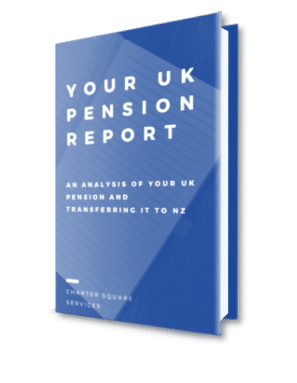We see many examples of people receiving and accepting a cash equivalent transfer value as gospel and what’s more their supposed ‘QROPS pension transfer’ experts that they have engaged do the same. So why do people blindly accept these transfer values? Usually it’s because they feel that the calculations that have produced them are extremely complicated.
Our experience shows us that usually there are a couple of key variables which if moved will greatly affect the Cash Equivalent Transfer Values of defined benefit schemes. The best example of this is perhaps best shown from a recent example where we have been working with a client.
The client had previously requested a Cash Equivalent Transfer Value for their scheme (prior to working with us) and the value was £194,566 in June 2015. The client came to us in December 2015 by which stage the previous Cash Equivalent Transfer Value had expired a new one was requested in January 2016 and when the forms came back the new value was £177,375. This was a drop in the Cash Equivalent Transfer Value of over £17,000 – a not nice position for the client.
When questioned about the fall in transfer value the administrators of the Scheme confirmed the two main reasons were:
- The increase on the yield on UK Government bonds over the period from June 2015 to January 2016 and
The lower rate of observed inflation in 2015 - They went on to state that the transfer value is based on the yield on UK Government bonds. This yield increased by 0.2% per annum over the period, which reduced the transfer value by around £13,000.
In addition, the assumed rate of inflation for 2015 used in the June calculation was 2.3%, whilst the actual inflation assumption for 2015 based on the increase in the Consumer Prices Index between September 2014 and September 2015 was slightly negative. This change reduced the transfer value by a further £5,000.
We further investigated their claims and found that they were in fact using the FTSE Actuaries Government Securities Over 15 Year index. The yield on this index was 2.4% at 31 May 2015, and increased to 2.6% at 31 December 2015. When we looked at the current value of the index in February 2016 we found that it had dropped to 2.2%. Based on this information we requested a new transfer value for the client knowing that this would lead to a significantly improved transfer value. The new Cash Equivalent Transfer Value cost £420 to get from the UK provider (this is an entirely separate issue) but will yield an increase in value of around £26,000 on the second transfer value that the client received, making a transfer to a QROPS look more attractive.
Therefore, this represents exceptional value for money which can be further augmented by a transfer to a QROPS and the tax benefits that will be derived in New Zealand from this.
Without our oversight the client would have accepted the new transfer value as gospel and gone ahead and transferred counting the reduction as bad luck. You can’t put a price on good and accurate advice, our fee paled into comparison with the increased value and suffice to say our client was very happy with our service, our fee representing excellent value for money.
We work tirelessly to ensure that our clients receive the best advice on their pension transfers and this is just one more example of ensuring that they get the best of their UK pension transfer.



